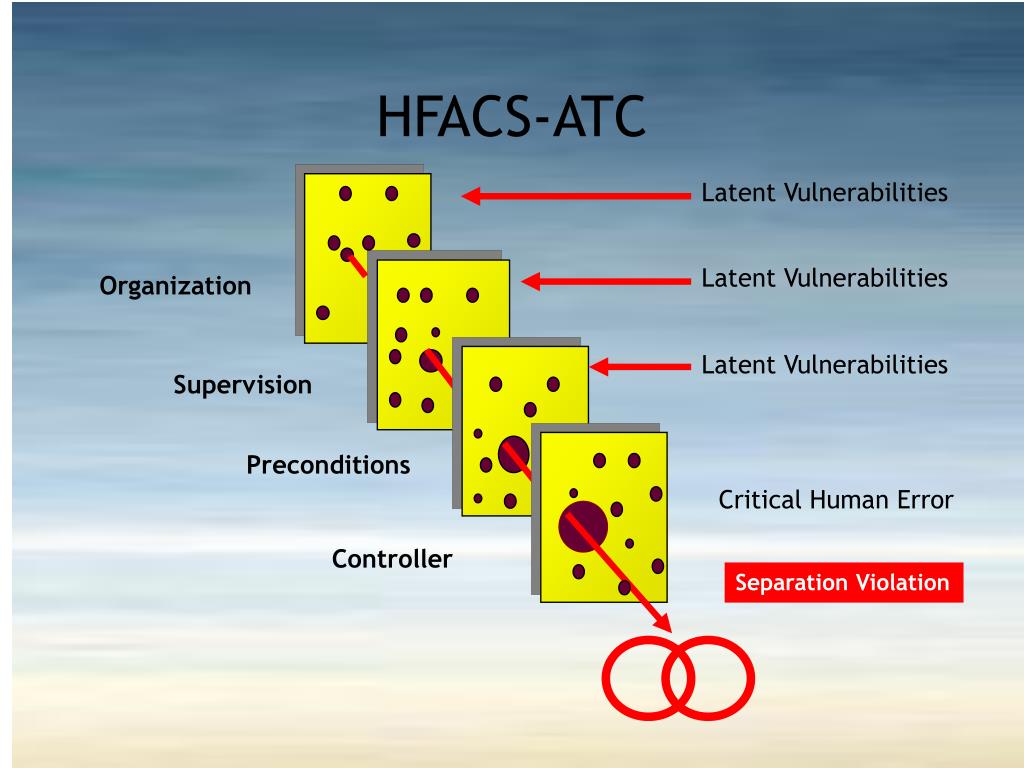

Moreover, if design weaknesses are not notified to the manufacturers, there is a real danger that they may be incorporated in future equipment. However, equipment cannot be improved or safety procedures designed unless the shortcomings of the equipment are brought to the notice of managers. In other cases, it may be possible to develop simple procedures to reduce the chance of error. Sometimes, equipment can be adjusted or modified to take account of design flaws. Examples include multiple screen displays and/or training/mentoring situations. This is particularly important when angle of sight from some screens does not allow a clear view.

Some equipment displays may not allow all operational staff to view them clearly. In some cases, equipment design has flaws which can make it easier to make a perceptual error and therefore harder to detect and correct it. aircraft trajectory is difficult to interpret, or certain font characters are easy to confuse). Some equipment displays can give rise to optical illusion (e.g. It has been shown that the same stimuli can mean different things in different environments. Our perception is also dependant on the context from which the specific information stimuli are derived. Perception is strongly influenced by what we expect to see or hear - expectation bias. Our senses may be misled by optical illusion or by its auditory counterpart. Our perception of a situation relies on a combination of different sensory inputs and our existing mental model of the situation. If not challenged, it may well lead the controller to a completely incorrect Situational Awareness. In all these examples the incorrect perception could easily have led to a dangerous situation if not corrected. A tower controller does not see the strobe lights of an aircraft on the runway because there are a number of other flashing lights in the same direction due to work in progress.

Possibly the ATCO perceived F元30 because it suited the plans better. Later it turns out that F元50 has always been displayed in the label.


 0 kommentar(er)
0 kommentar(er)
